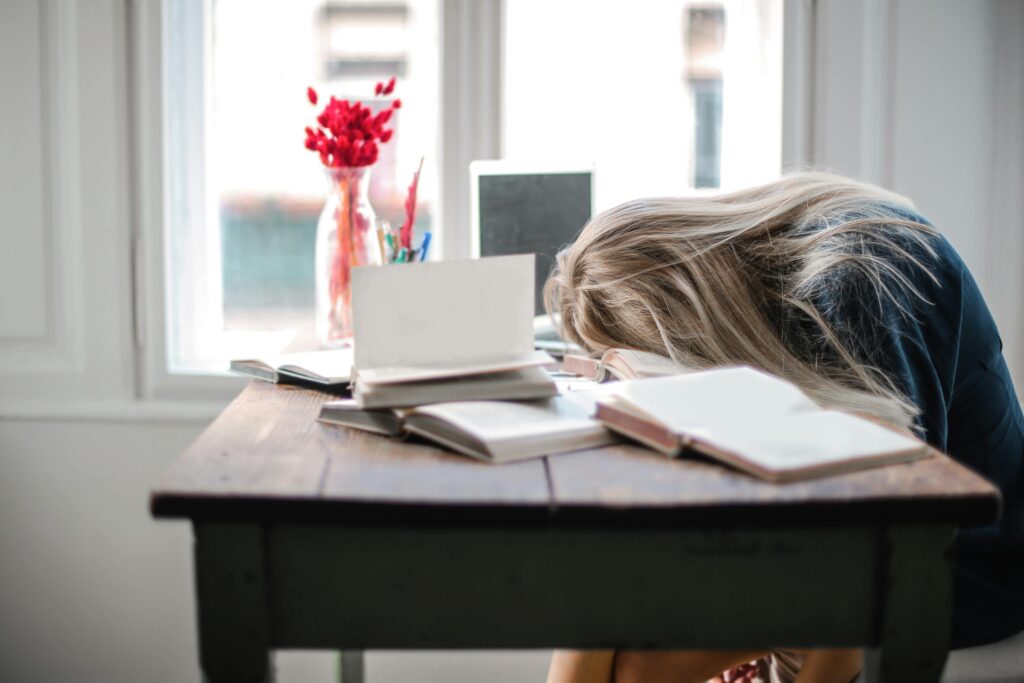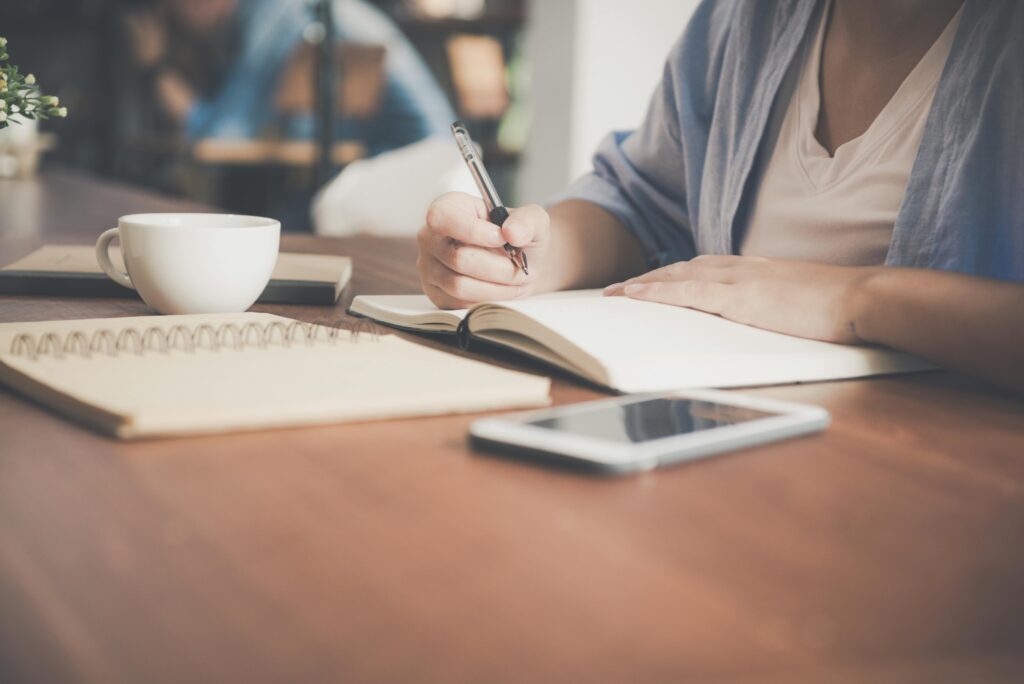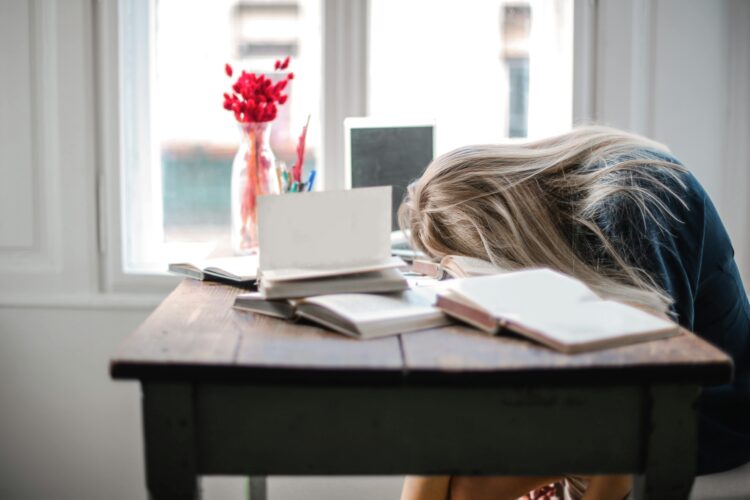Introduction: Your Night Under the Microscope
Every 60 seconds, someone undergoes a sleep study to uncover why they wake up exhausted despite a full night’s rest. As the gold standard for diagnosing sleep apnea, polysomnography provides an unprecedented look at your body’s nighttime functions – revealing breathing patterns, brain waves, and physiological changes you’d never notice while asleep.
This definitive guide walks you through the entire process with:
- Step-by-step explanations of each test component
- Behind-the-scenes details on data collection
- Visual guides to all the sensors and equipment
- Expert insights on interpreting your results
- Practical tips to ensure accurate findings
Table 1: Types of Sleep Studies and Their Purposes
| Study Type | Duration | Location | Measures | Best For |
|---|---|---|---|---|
| In-Lab PSG | Overnight | Sleep Center | 25+ parameters | Comprehensive diagnosis |
| Home Sleep Test | 1-3 Nights | Your Home | 7-10 parameters | Uncomplicated OSA screening |
| Split-Night Study | 4-6 Hours | Sleep Center | Diagnosis + CPAP titration | Severe suspected cases |
| MSLT | Daytime | Sleep Center | Sleep latency | Narcolepsy evaluation |

Section 1: Preparing for Your Sleep Study
The 7-Day Pre-Study Protocol
- Medication Review
- Continue prescriptions unless instructed otherwise
- Avoid sleep aids 48 hours prior (can mask apnea)
- Document all supplements/herbal remedies
- Sleep Schedule Normalization
- Maintain regular bed/wake times
- Avoid naps on study day
- Day-of Instructions
- Shower (no lotions/hair products)
- Avoid caffeine after noon
- Eat normal dinner (not overly heavy)
Table 2: What to Bring to Your In-Lab Study
| Category | Essential Items | Pro Tips |
|---|---|---|
| Clothing | Loose pajamas (front buttons best) | Avoid synthetic fabrics that interfere with sensors |
| Toiletries | Toothbrush, medications | Leave perfumes/colognes at home |
| Comfort Items | Favorite pillow, book | Earplugs provided but bring your own if preferred |
| Documentation | ID, insurance card, referral | List of current medications |

Section 2: Inside the Sleep Lab – A Sensor-by-Sensor Breakdown
The Hookup Process (60-90 Minutes)
Technicians attach approximately 25 sensors while explaining each component:
Table 3: Every Sensor and What It Measures
| Sensor Type | Placement | Purpose | What It Feels Like |
|---|---|---|---|
| EEG leads | Scalp (6-10 spots) | Brain wave monitoring | Light pressure, like head massage |
| EOG sensors | Near eyes | Eye movement detection | Small stickers beside eyebrows |
| EMG pads | Chin, legs | Muscle activity | Similar to EKG electrodes |
| Nasal cannula | Under nose | Airflow measurement | Light plastic tubing |
| Thermistor | Near mouth | Breathing detection | Small plastic prongs |
| Pulse oximeter | Finger | Oxygen levels | Clip-on (like at doctor’s office) |
| ECG leads | Chest | Heart rhythm | Standard EKG stickers |
| Respiratory belts | Chest/abdomen | Breathing effort | Elastic bands with sensors |
| Snore mic | Neck | Sound monitoring | Small adhesive patch |
The Sleep Lab Environment
Modern sleep centers prioritize comfort with:
- Temperature control (typically 68-72°F)
- Soundproofing (45-50 decibel ambient noise)
- Adjustable beds (similar to premium mattresses)
- Infrared cameras for nighttime observation
- Two-way audio for technician communication

Section 3: The Science of Sleep Staging
How Technicians Score Your Sleep
Every 30-second interval is classified into stages:
Table 4: Sleep Stages and Their Significance in Apnea Diagnosis
| Stage | Brain Waves | Eye Movements | Muscle Tone | Apnea Impact |
|---|---|---|---|---|
| Wake | Beta/Alpha | Blinking | High | Baseline comparison |
| N1 (Light) | Theta | Slow rolling | Decreasing | Minor events may occur |
| N2 (Medium) | Sleep spindles | None | Low | Most events detected here |
| N3 (Deep) | Delta | None | Lowest | Protective against events |
| REM | Mixed | Rapid | Paralyzed | Most severe events occur |
Key Metrics Collected
- Apnea-Hypopnea Index (AHI)
- Events per hour
- Mild: 5-15 | Moderate: 15-30 | Severe: 30+
- Oxygen Desaturation
- Normal: >90%
- Mild: 85-90% | Moderate: 80-85% | Severe: <80%
- Arousal Index
- Sleep disruptions/hour
- >15 indicates significant sleep fragmentation

Section 4: Specialized Study Variations
Split-Night Studies Explained
For patients with clear severe OSA, the study divides into:
Table 5: Split-Night Protocol Timeline
| Time Block | Phase | Activities |
|---|---|---|
| 10PM-12AM | Diagnostic | Baseline data collection |
| 12AM-2AM | CPAP Titration | Finding optimal pressure |
| 2AM-6AM | Therapeutic | Stabilized sleep on CPAP |
Home Sleep Tests: Pros and Cons
| Advantage | Limitation |
|---|---|
| More natural sleep environment | Misses 20-30% of mild cases |
| Lower cost ($200 vs $1,500) | Can’t diagnose non-OSA sleep disorders |
| Convenience | No technician assistance if issues arise |
| Faster scheduling | Limited channels (no EEG/EMG) |
Section 5: After the Study – Understanding Your Results
The Data Analysis Process
- Raw Data Collection (800+ pages/night)
- Technician Scoring (4-6 hours of manual review)
- Physician Interpretation (Board-certified sleep doctor)
- Report Generation (Typically 5-7 business days)
Reading Your Sleep Study Report
Key sections to understand:
- Summary Statement (Diagnostic conclusion)
- Graphical Data (Event clusters by sleep position)
- Oximetry Trends (Worst desaturation periods)
- CPAP Recommendations (If applicable)
Table 6: Sample Results Interpretation
| Metric | Your Result | Normal Range | Implications |
|---|---|---|---|
| AHI | 28.7 | <5 | Severe OSA |
| Lowest SpO2 | 76% | >90% | Significant hypoxia |
| REM AHI | 42.1 | <5 | Priority treatment needed |
| Supine AHI | 35.4 | <5 | Positional therapy may help |

Section 6: Maximizing Your Study’s Accuracy
10 Tips for Optimal Results
- Avoid alcohol for 48 hours prior (suppresses events)
- Sleep on your back some time (most apneas occur supine)
- Maintain normal routine (don’t over-tire yourself)
- Arrive early to acclimate to the environment
- Communicate needs (bathroom breaks, temperature)
- Try to sleep normally (don’t “perform” for the test)
- Note any unusual factors (pain, environmental disruptions)
- Ask about next steps before leaving the lab
- Follow up promptly for results discussion
- Bring a list of questions for your sleep physician
Conclusion: From Diagnosis to Treatment
While the idea of a sleep study may seem intimidating, millions of patients find it surprisingly comfortable and profoundly enlightening. The data collected during this single night often explains years of unexplained symptoms and provides the roadmap to:
✔ Restorative sleep
✔ Improved daytime energy
✔ Reduced health risks
✔ Better quality of life
Call to Action:
If you’re experiencing:
- Chronic daytime fatigue
- Loud snoring with gasping
- Morning headaches
- Unexplained mood changes
Request a sleep evaluation today. Your future well-rested self will thank you.
Additional Resources:
- American Academy of Sleep Medicine: aasm.org
- Sleep Study Preparation Videos: SleepFoundation.org/study-prep
- What to Expect Guides: MySleepStudy.com




0 Comments